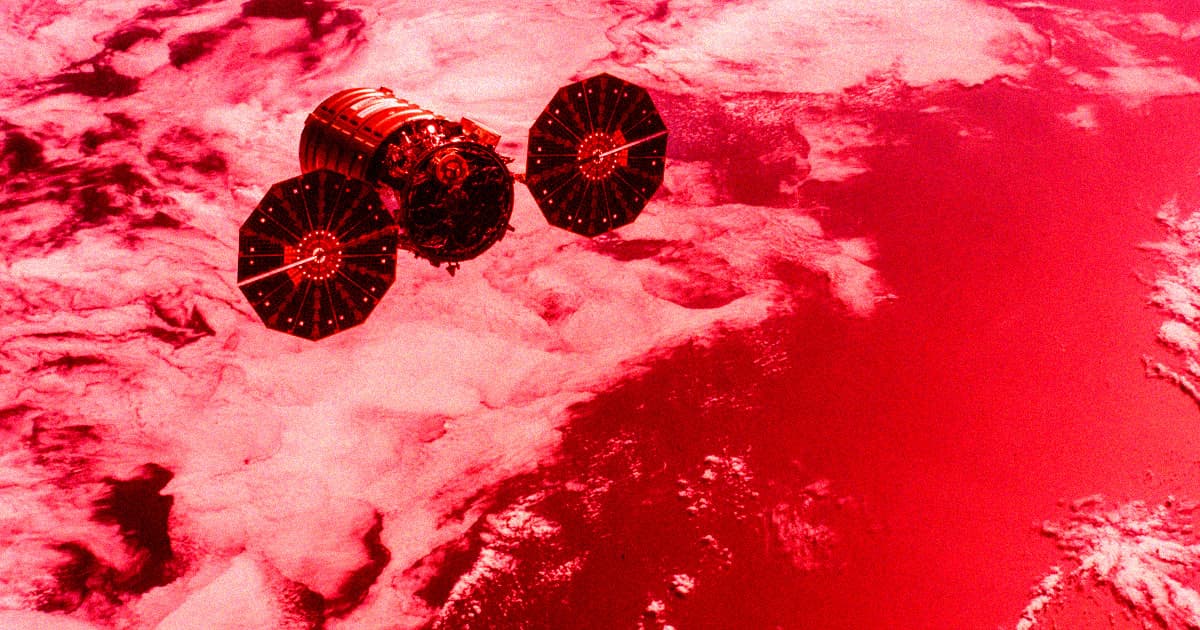NASA has officially bid adieu to its Spacecraft Fire Safety Experiment (Saffire), fittingly having the last one burn up in the Earth's atmosphere following six successful missions involving controlled fires in orbit.
The agency's sixth and final experiment dubbed Saffire-VI traveled to the International Space Station in August, safely tucked inside an uncrewed Northrop Grumman Cygnus spacecraft.
Last month, the capsule burned up while reentering the atmosphere, putting an end to a series of experiments that have provided invaluable insights into how fire behaves in space and how to enhance the safety of future space exploration missions.
The first Saffire mission took place in 2016, with scientists lighting a sample of a cotton-fiberglass blend inside a roughly three-by-four-foot enclosure, dwarfing the previously largest fire experiment in space, which was roughly the size of an index card, per NASA.
The mission, as well as the five subsequent experiments, were designed to probe important questions when it comes to crew safety.
"How big a fire does it take for things to get bad for a crew?" said Saffire principal investigator David Urban in a NASA statement. "This kind of work is done for every other inhabited structure here on Earth — buildings, planes, trains, automobiles, mines, submarines, ships — but we hadn’t done this research for spacecraft until Saffire."
For Saffire-VI, scientists cranked up the concentration of oxygen and lowered the pressure compared to previous experiments.
In other words, NASA really let it rip for its grand finale.
Over 19 different runs, scientists ignited a roaring flame on a number of materials, including plexiglass, cotton, a flame-resistant fiber called Nomex, and other fabrics, specially designed to resist fire.
Thanks to cameras inside the container, scientists watched as the flames roared, gathering crucial data in the process.
"You’ve got a heat release rate and a rate of release of combustion products," said project manager Gary Ruff in the statement. "You can take those as model input and predict what will happen in a vehicle."
Perhaps unsurprisingly, fire in space habitats is really bad news. In 1997, the six crew members on board Russia's Mir space station were shocked to discover a fire that ignited in an oxygen-generating system. The flame burned bright for several minutes, filling the station with smoke.
Fortunately, crew members acted quickly enough and managed to extinguish the flames.
We've come a long way since then, in large part thanks to NASA's Saffire experiments.
In September, two fearless astronauts on board China's Tiangong space station even lit a candle with a match during a live broadcast, a symbolic vote of confidence in our ability to control fire and create safe environments in space.
More on fire in space: NASA Is Starting Fires in Space Just to Watch Them Burn
Share This Article
